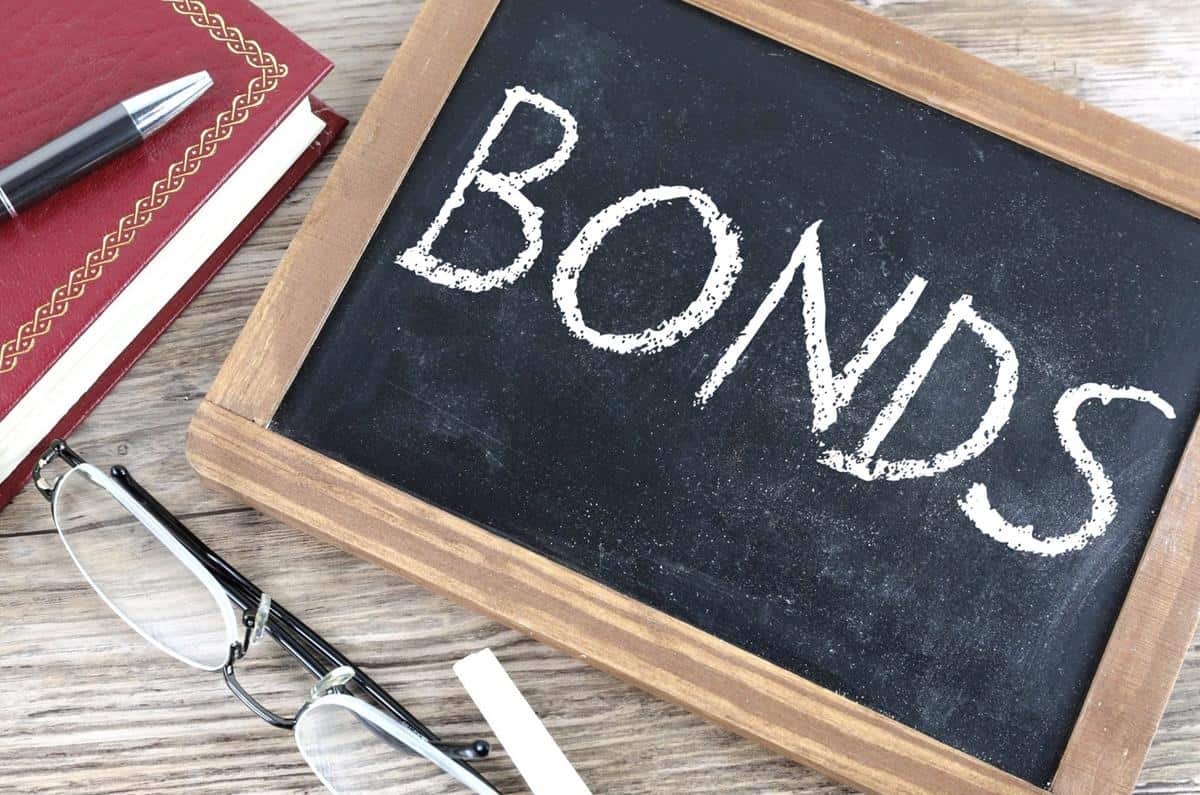The head of the Chinese central bank has outlined the use of special loans and bond issues to keep China’s recently beleaguered property sector on an even keel.
“At present the real estate market is seeing some adjustments, and we are working with relevant authorities and governments, making effective use of the policy tool kit on a city-by-city basis, reducing the rates for personal real estate loans and down payment ratios, and supporting inelastic and improvement housing demand,” said Yi Gang (易纲), People’s Bank of China (PBOC) Governor, during a speech delivered on 21 November at the 2022 Financial Street Annual Forum (2022金融街论坛年会) in Beijing.
Yi highlighted recent measures including the provision of 200 billion yuan in special loans to ensure the delivery of pre-sold property projects to homebuyers, as well as the launch of structured policy tools to encourage Chinese banks to support the completion of such projects.
PBOC has also expanded the use of bond issues for private real estate enterprises to provide them with funding support and spread the burden of risk.
According to Yi, the monetary policy support measures unveiled by PBOC since the start of the Covid pandemic have not had an adverse impact upon the health of its balance sheet.
“While we have expanded the intensity of support for the real economy, in recent years PBOC’s balance sheet has maintained comparative stability in terms of its scope,” Yi said.
“As of the end of September, the total size of PBOC’s balance sheet was around 40 trillion yuan, for an average per annum rate of increase of 2.6% over the past five years.
“Since 2018, we have implemented 13 reductions to the reserve requirement ratio, bringing the average reserve requirement ratio from 15% down to around 8%, and unleashing approximately 10.8 trillion yuan in long-term funds.
“PBOC’s balance sheet was basically stable, ranging from between 38 trillion to 40 trillion yuan, while China’s broad M2 money supply balance has increased from 170 billion yuan at the end of 2017 to over 260 trillion yuan at present…the support of Chinese monetary policy for the real economy has been steady.”
Yi highlighted the key role of the reserve requirement ratio and structured monetary policy tools in PBOC’s implementation of economic adjustments.
“Over the recent period, a comparatively high reserve requirement ratio has made an important contribution to the stability of the Chinese currency and the prevention of inflation,” he said.
“In the past several years, we have made comprehensive use of methods including reserve requirement ratio cuts, open market operations and structured monetary policy tools to to actively release and adjust flows.
“This marks a major change compared to the passive release of funds outstanding for foreign exchange. The independence of monetary policy has markedly increased.”
Yi also pointed to the use of carbon reduction support tools by PBOC to drive green development in China.
“These tools uphold the principles of marketisation to support financial institutions in providing loans to enterprises in the three key areas of clean energy, energy efficiency and emissions reduction, and carbon emission reduction technology.
“As of the end of September, carbon emissions reduction support tools have made over 240 billion yuan in funds available and loans to support carbon emissions have exceeded 400 billion yuan, driving carbon emissions reductions of more than 80 million tonnes.”




